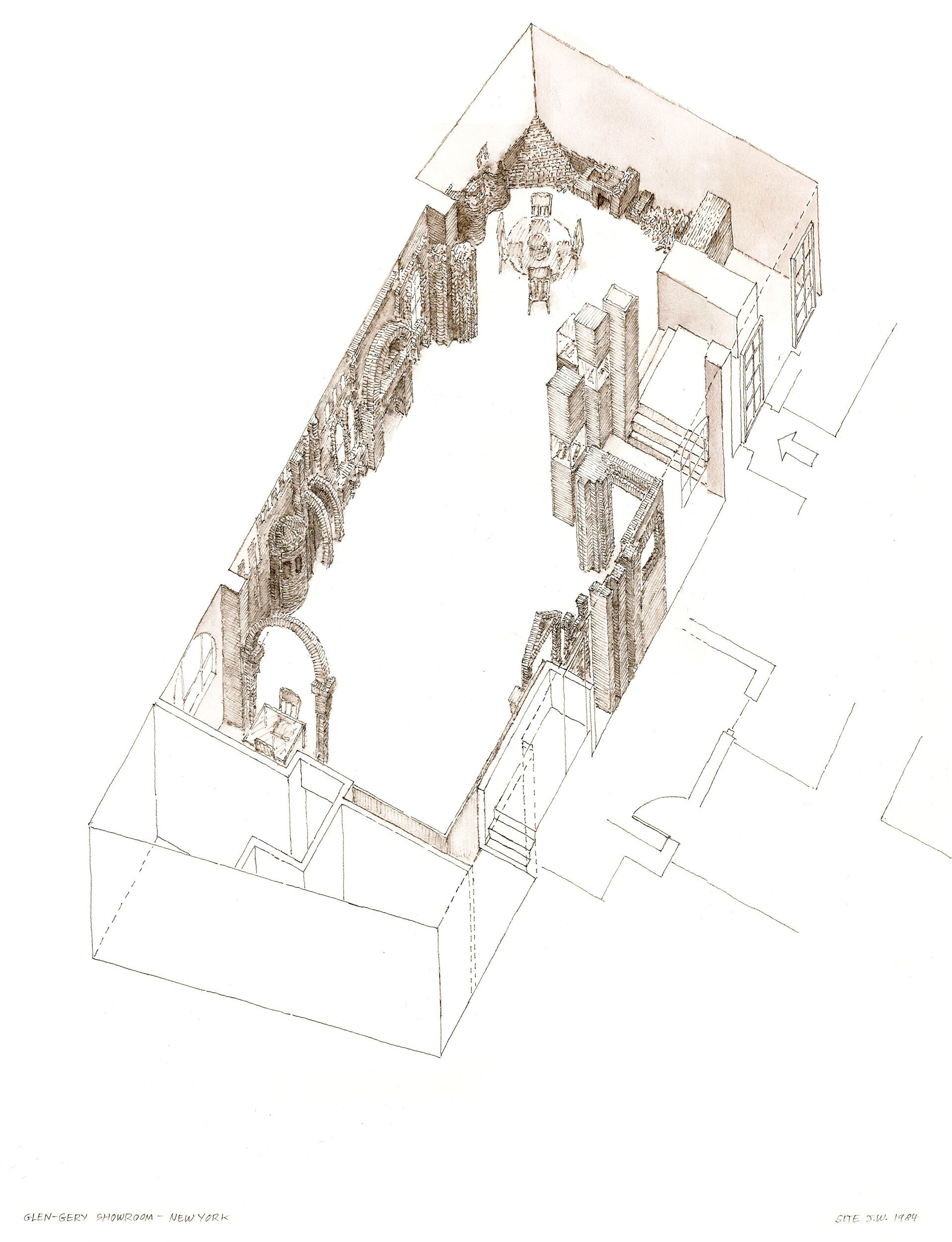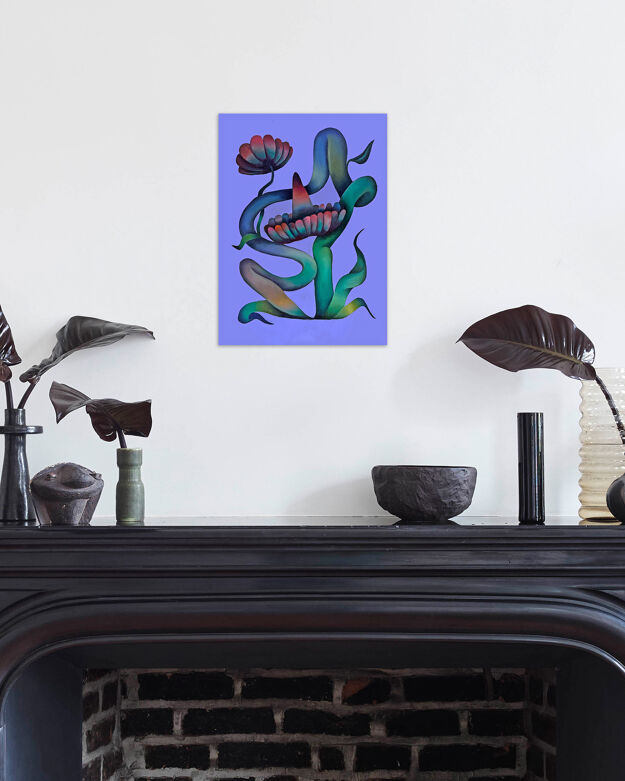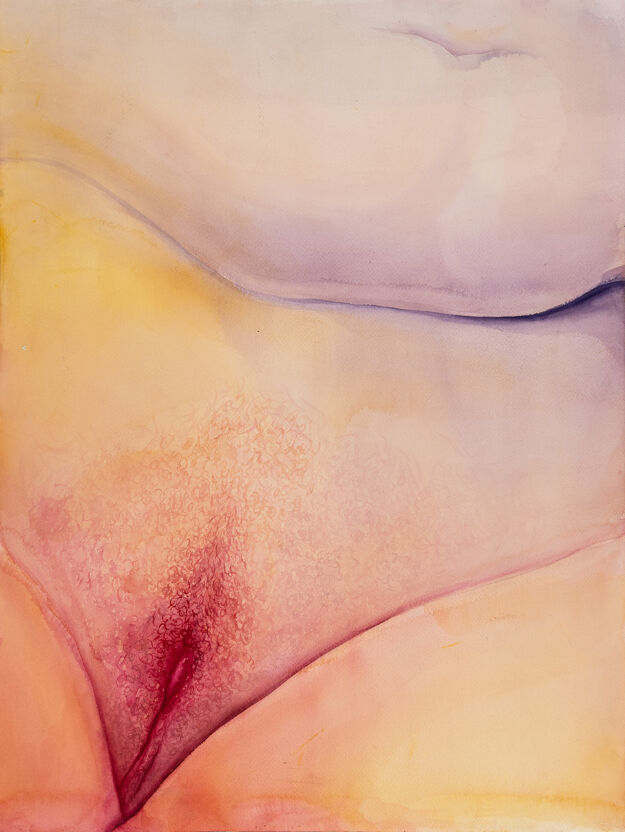Details:
① Artwork:
GLEN-GERY SHOWROOM NEW YORK
In this axonometric rendering of SITE’s design for Glen Gery’s Showroom at the historic Amster Court in New York’s Brickworks Design Center (1984), Wines uses pen, ink, and wash to explore the myriad ways Glen Gery’s brick products can be used to create a series of sequentially displayed contexts that demonstrate the history of masonry innovation—from Neolithic times through today. The entire showroom consists of half-scale bricks specially created by the client for this project. There are more than a dozen historically accurate methods and styles of masonry construction, representing the past 3000 years of brickwork.
James Wines is the founder and president of SITE, an environmental art and architecture organization chartered in New York City in 1970. His hand drawings for SITE propose a contextual interpretation of buildings and public spaces. More recently, they describe a condition of ‘passages’ proposing how walls can serve as sponge-like membranes to reflect social, cultural, psychological, or topographical content.
Specs:
③ Artist:
James Wines is the founder and president of SITE, an environmental art and architecture organization chartered in New York City in 1970. His visual art, architecture, landscape designs, and public projects are based on a site-specific response to surrounding contexts, and he advocates for ‘integrative thinking’ as a means of including multi-disciplinary ideas from outside the traditional design professions. His hand drawings for SITE propose a contextual interpretation of buildings and public spaces. For most designers, graphic representation is used primarily to describe a precise set of formal intentions. But, Wines proposes architecture can be interpreted fragmentarily and inclusively instead of as a sculpture sitting on a pedestal. His recent drawings describe a condition of ‘passages’ proposing that walls can serve as sponge-like membranes to reflect social, cultural, psychological, or topographical content.
James Wines was born in 1932 in Chicago, IL, and lives in New York City, NY. He graduated from Syracuse University in Syracuse, NY (1956).
A retrospective of his drawings for SITE was mounted at the Tchoban Museum in Berlin, Germany (2021).
Wines was awarded the Smithsonian Institution’s National Design Award for Lifetime Achievement (2013), the ANCE Annual Award for an International Architect (2011), and the Chrysler Award for Design Innovation (1995). He has received fellowships and grants from the National Endowment for the Arts, Kress Foundation, American Academy in Rome, Guggenheim Foundation, Rockefeller Foundation, Graham Foundation, and Ford Foundation.
He has written seven books on art and design and has designed over 150 buildings, public spaces, exhibitions, landscapes, and environmental artworks for private and municipal clients in 11 countries.






